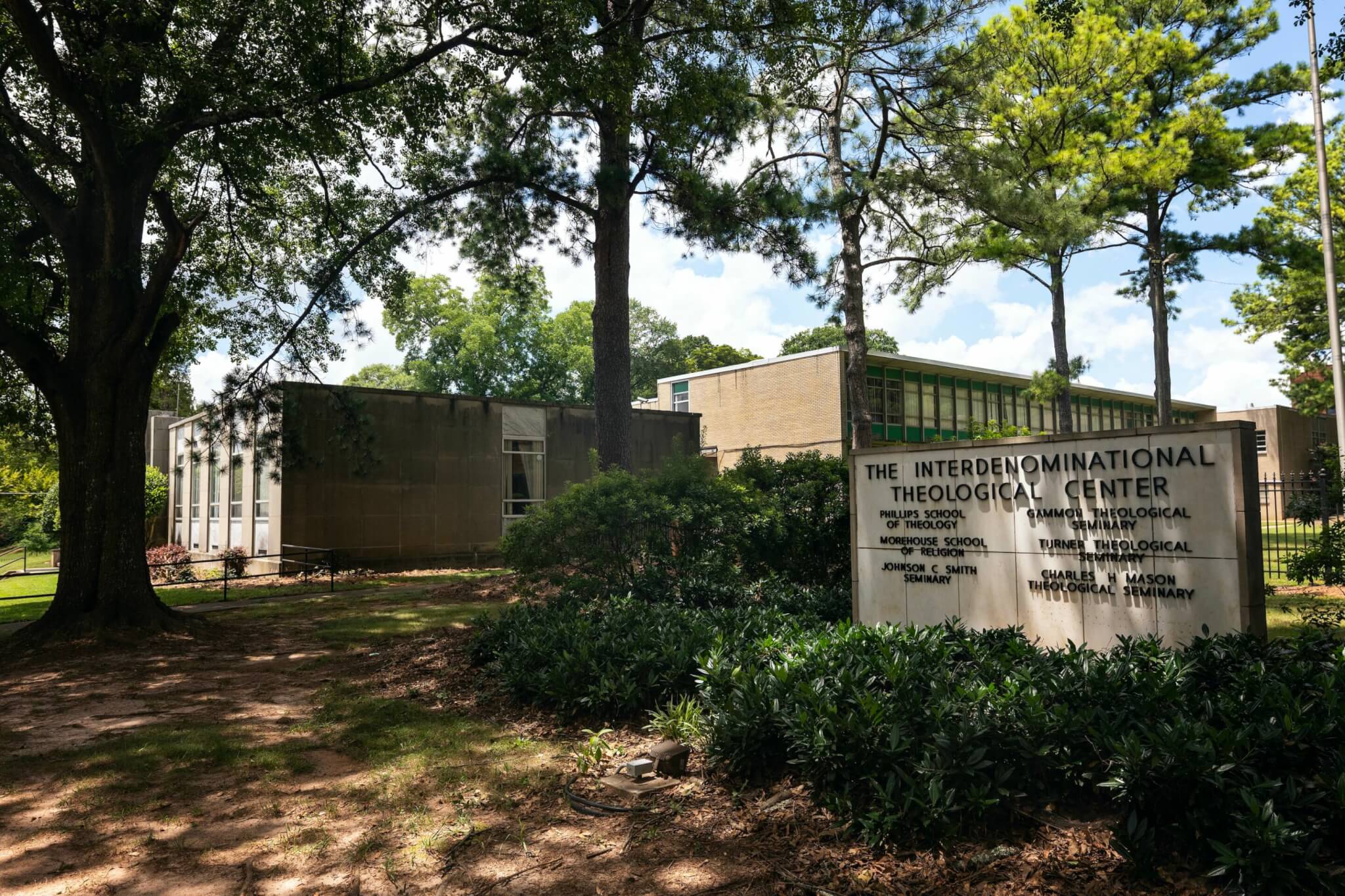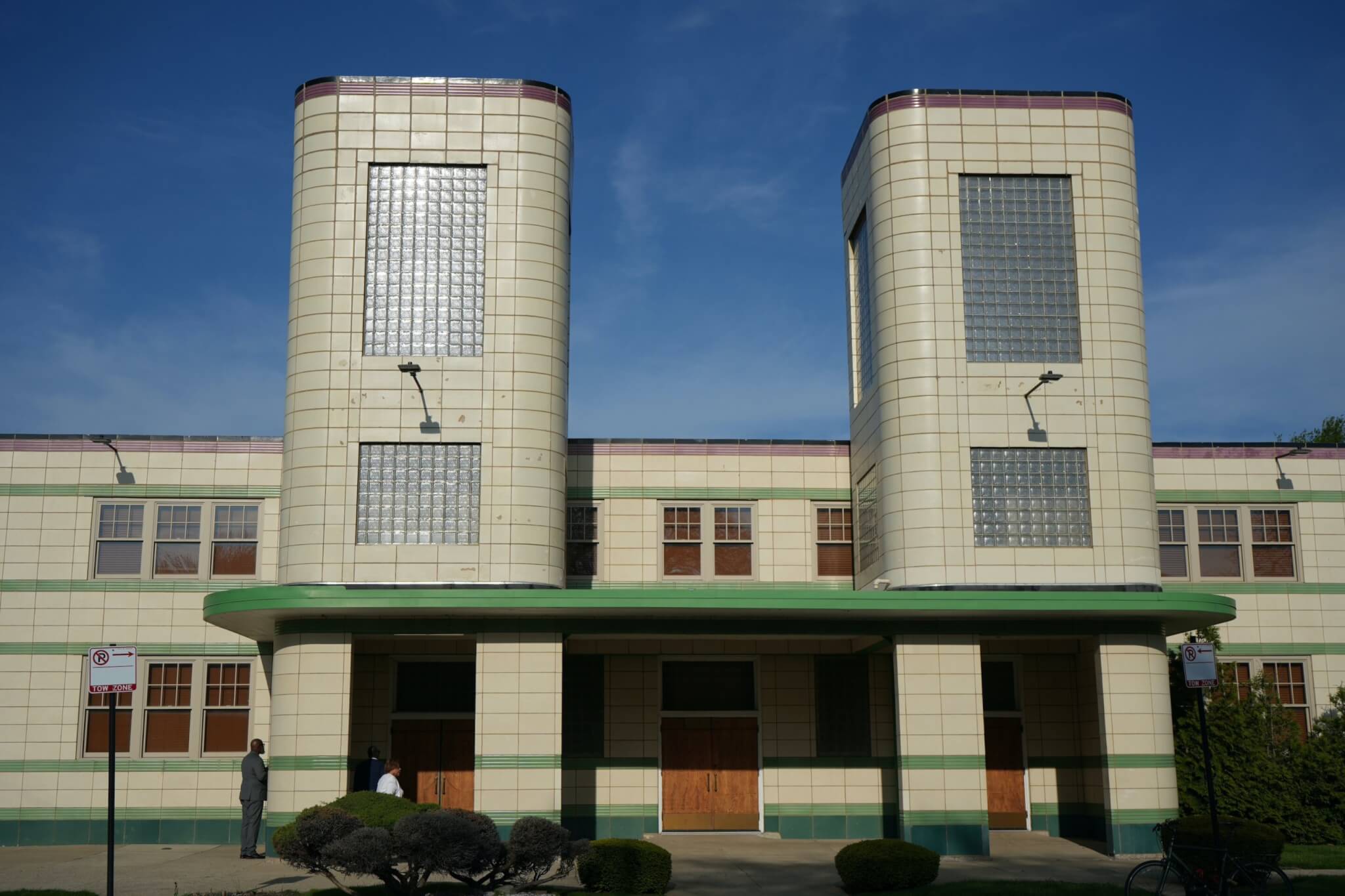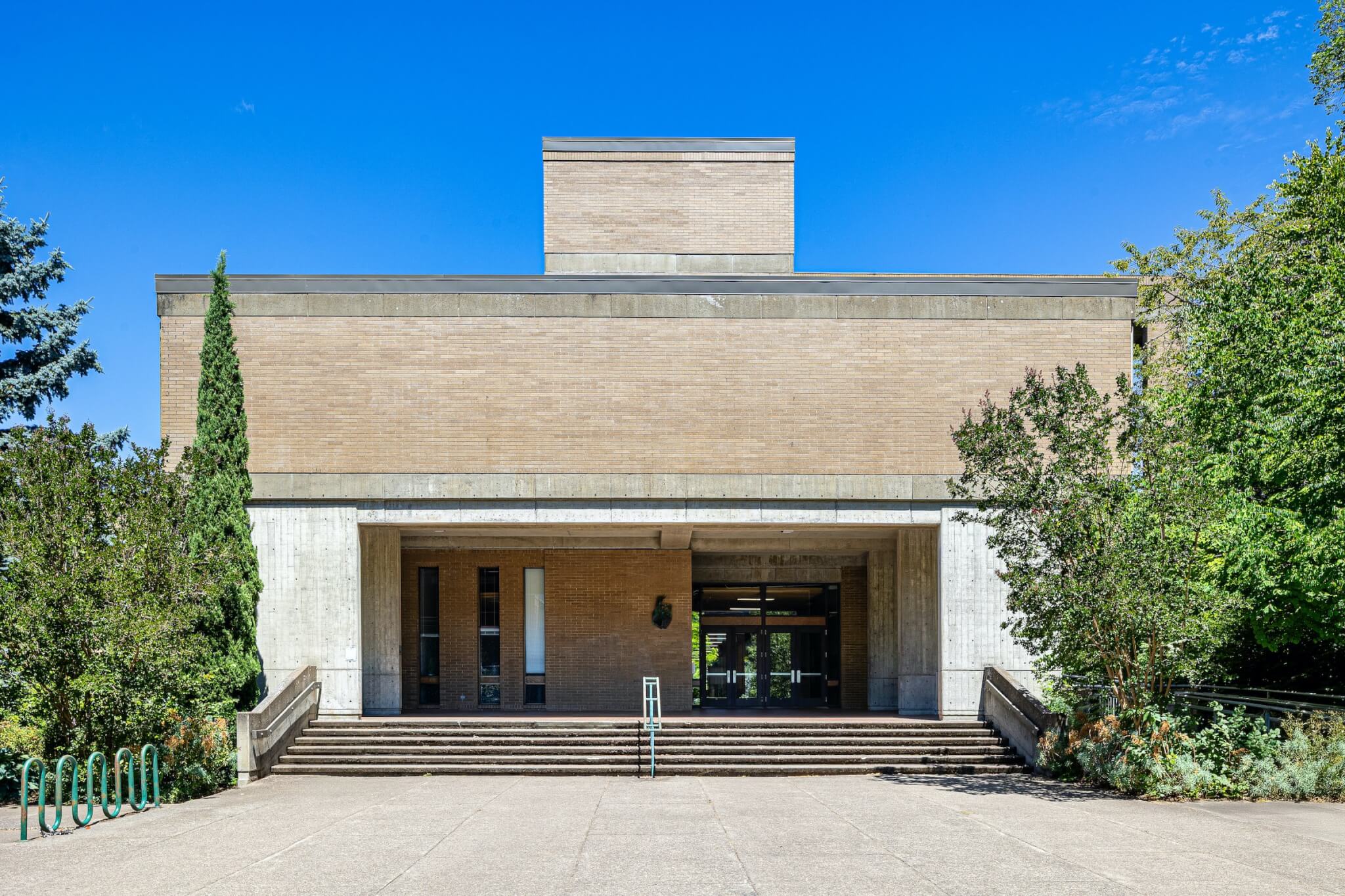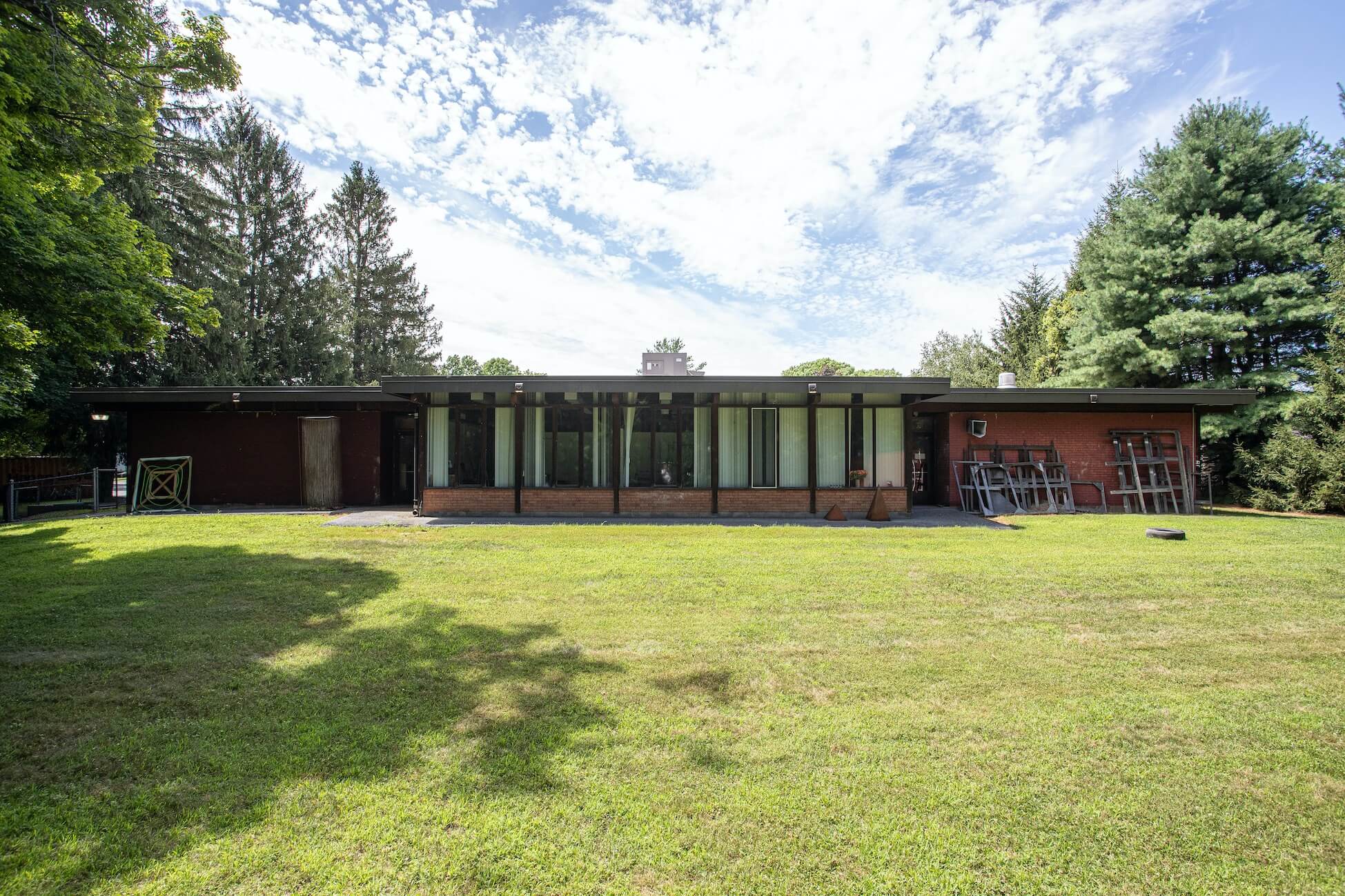A sleek concrete dome in Los Angeles, a hat factory–turned-church in Chicago, a Brutalist hall tucked into the Pacific Northwest—each are quiet monuments to Black modernism. Five modernist buildings designed by Black architects across the United States have been awarded preservation funding through Conserving Black Modernism, an initiative led by the Getty Foundation and the National Trust for Historic Preservation’s African American Cultural Heritage Action Fund.
“Each year Conserving Black Modernism has expanded the number of architects recognized through the initiative, and we’re excited to include five new designers whose innovative buildings enriched communities from coast to coast,” said Joan Weinstein, director of the Getty Foundation.
Now in its third round, the Conserving Black Modernism program has awarded grants to 21 buildings since its launch in 2022. Only about two percent of U.S. architects today identify as Black, according to the National Council of Architectural Registration Boards, the grant program aims to recognize and preserve the architectural contributions of Black designers who shaped the built environment through modernist styles, often while navigating systemic barriers to entry in the field.
The selected buildings span the country, from Los Angeles to Poughkeepsie, and include former factories, student halls, churches, and administrative centers. The grants support preservation planning, professional training, and community engagement while working to amplify the work of historically underrecognized Black architects.
The 2025 Conserving Black Modernism grantees:
Founders Church of Religious Science in Los Angeles
Listed on the National Register in 2020, the 1960 elliptical concrete church features a steel-framed dome and was an early adopter of closed-circuit TV for services. Founders Church was designed by Paul R. Williams, renowned for his varied career in Southern California architecture and the first Black member of the AIA. The grant will be used to implement a new accessibility plan that will guide more efficient and inclusive use of the historic building.
ITC Administration Building in Atlanta

Georgia’s first Black licensed architect, Edward C. Miller, designed the International Theological Center’s administration building in 1961. The structure serves five predominantly Black theological seminaries. The grant will fund a Historic Structure Report, a reuse study, and expanded documentation of Miller’s career.
First Church of Deliverance in Chicago

Originally a hat factory, the 1939 church was redesigned in the art moderne style by Walter T. Bailey, Illinois’s first Black licensed architect. Its curved surfaces, terra-cotta tiles, and acoustically sensitive interiors reflect its adaptation for gospel music and radio broadcast. Funding will support a preservation and campus stewardship plan.
McKenzie Hall, The University of Oregon in Eugene, Oregon

McKenzie Hall is a Brutalist campus building made of brick and exposed concrete. It was completed in 1968 by DeNorval Unthank Jr., the first Black graduate of the University of Oregon’s architecture school. The grant will support preservation planning, interpretation efforts, and community education on Unthank’s architectural contributions.
2500 New Hackensack, Vassar College in Poughkeepsie, New York

Jeh Vincent Johnson, a cofounder of the National Organization of Minority Architects and advisor to Lyndon B. Johnson’s administration, designed this minimalist 1963 brick-and-glass structure. Funding will allow for facilities planning and a broader engagement with Johnson’s legacy on campus.
→ Continue reading at The Architect's Newspaper
